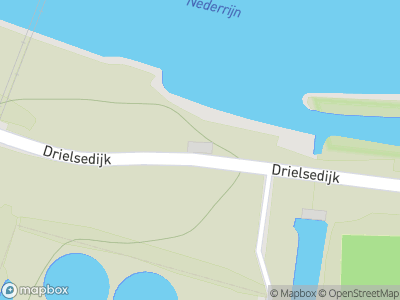In the autumn of 1944, the high water and the Rhine reached a water level of 12.15 meters above the Amsterdam Ordnance Datum. Saturday 2 December is, therefore, a perfect moment for soldiers of the German 6th Airborne Division to use heavy explosives to blow up the Rhine dyke near Elden. The rising water finds its way through a 100-metre hole in the dyke and flows into the Betuwe. This German military move with the code name Fallstorch (Operation Stork) aims to stop an allied advance from the bridgehead north of Nijmegen. A partly successful, but mainly risky operation in which the water itself forms an enemy on the battlefield.
Blowing up the dyke and the ensuing floods force the allied troops to abandon certain positions. The large scale of the floods soon become apparent. On Sunday 3 December, the Allies launch a large-scale evacuation of the Betuwe—code name Operation Noah. During this water-war the English travel in storm boats and amphibious vehicles such as the Weasel and DUKW. The Germans move around in Schwimmwagen, canvas Faltboten, rubber dinghies, canoes and other confiscated material.
Around Christmas the water level drops, and ice forms. The high water in February 1945 causes a second flooding. This one also jeopardizes the German line of defense. Every effort is made to close the hole in the dyke. Inland vessels are used as caissons, but the current is so strong that the ships end up far inland. Shortly after capturing Arnhem, Canadian engineering equipment is used to start the preliminary sealing of the now 225-metre dyke breach. It takes ten days for an emergency dyke to be constructed.
“













